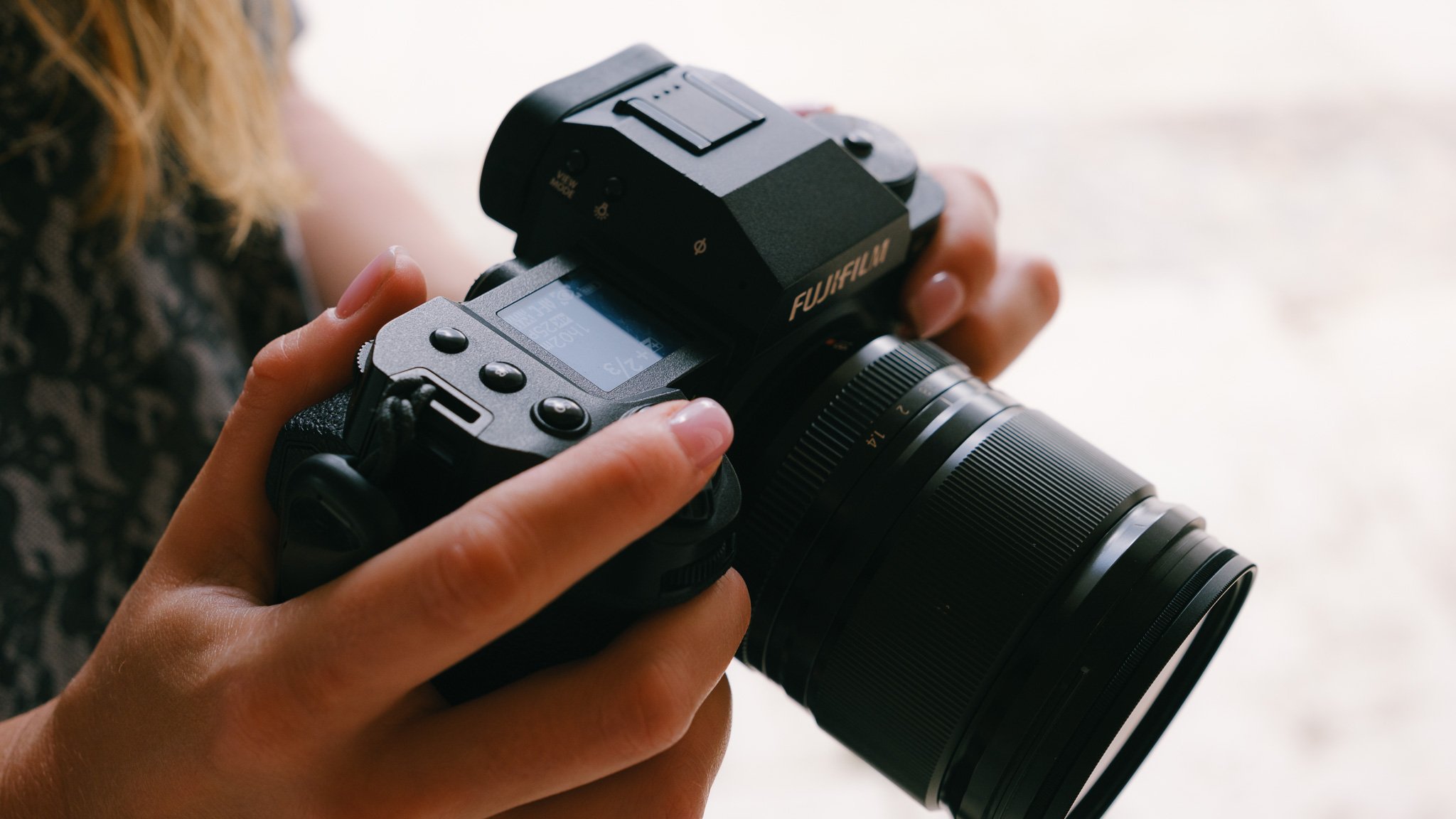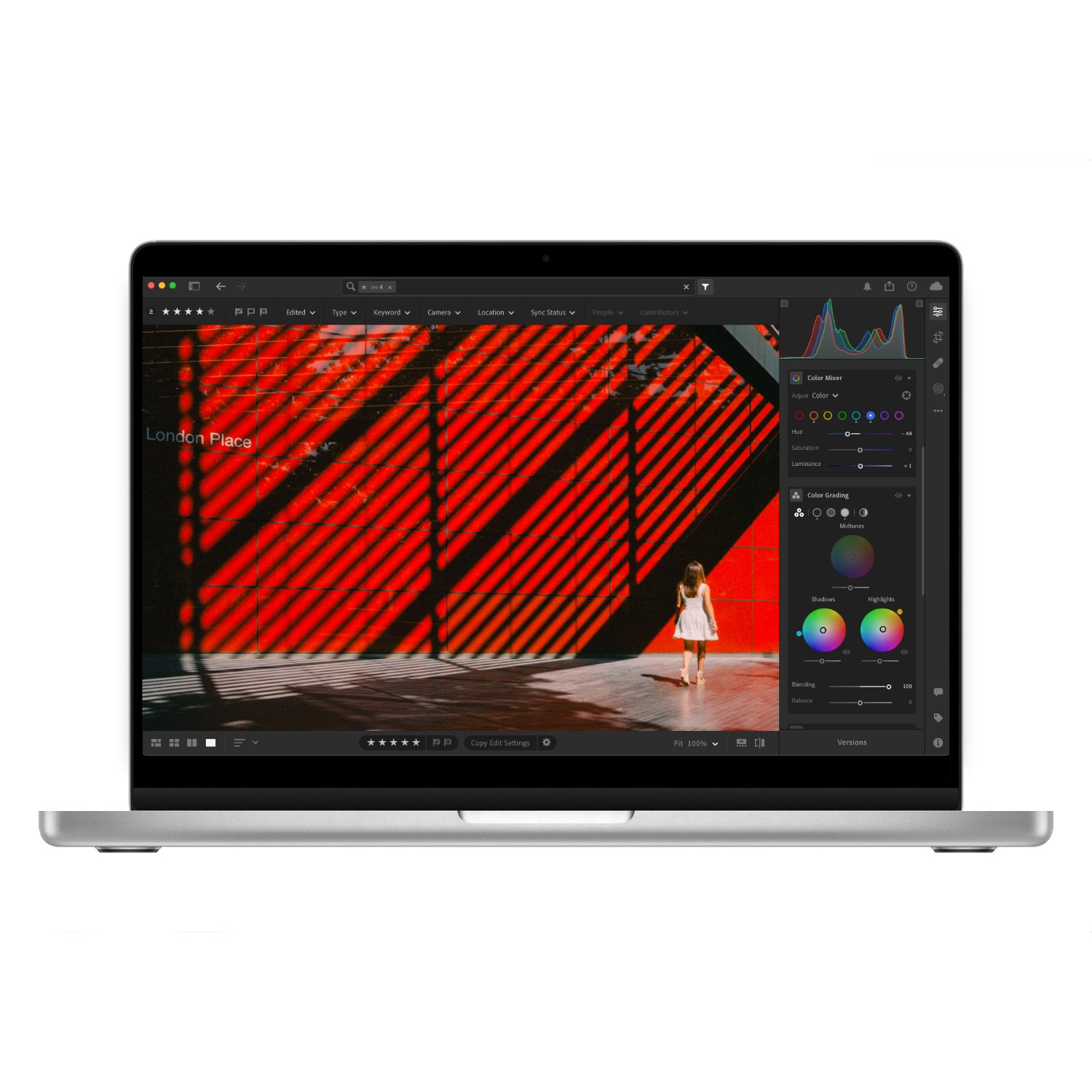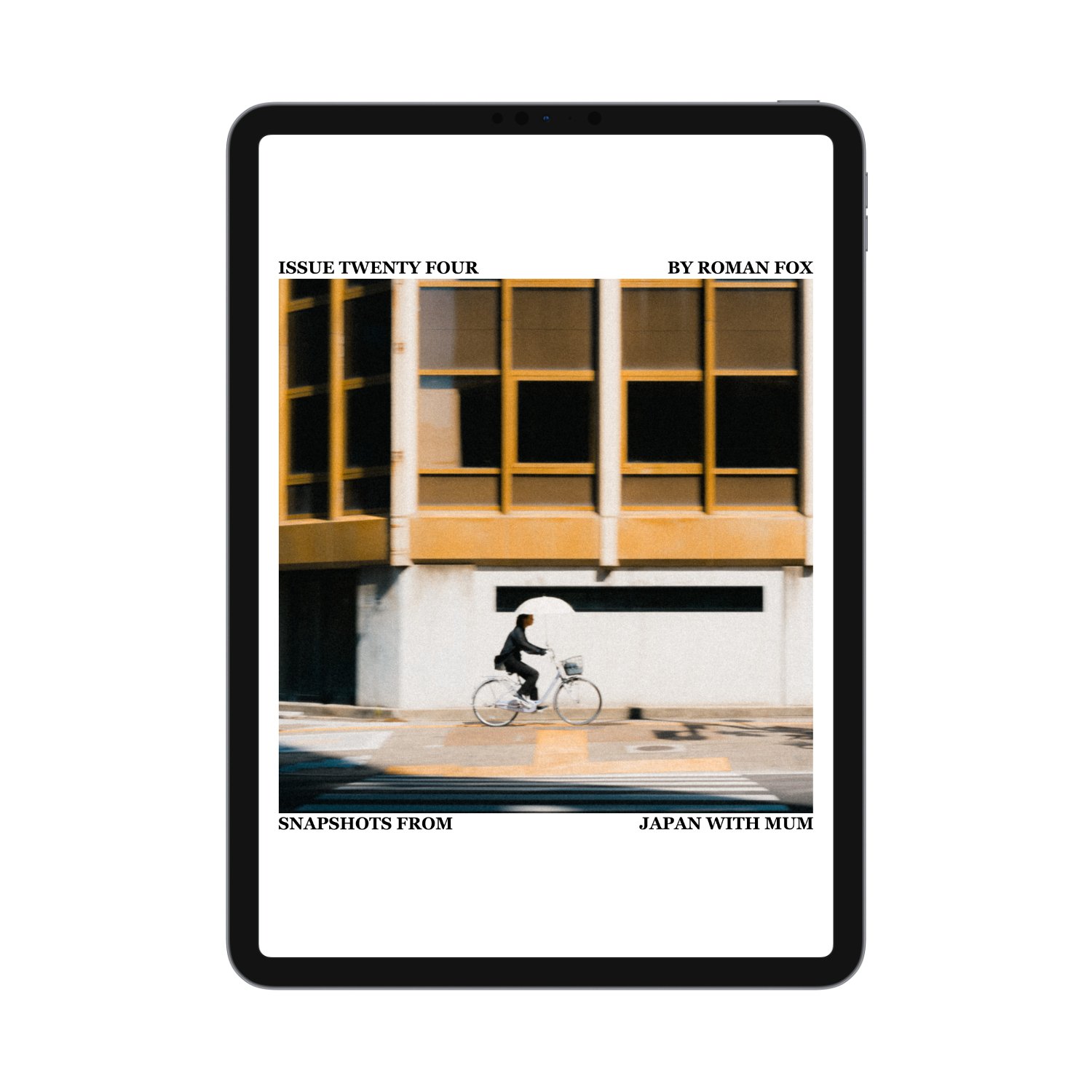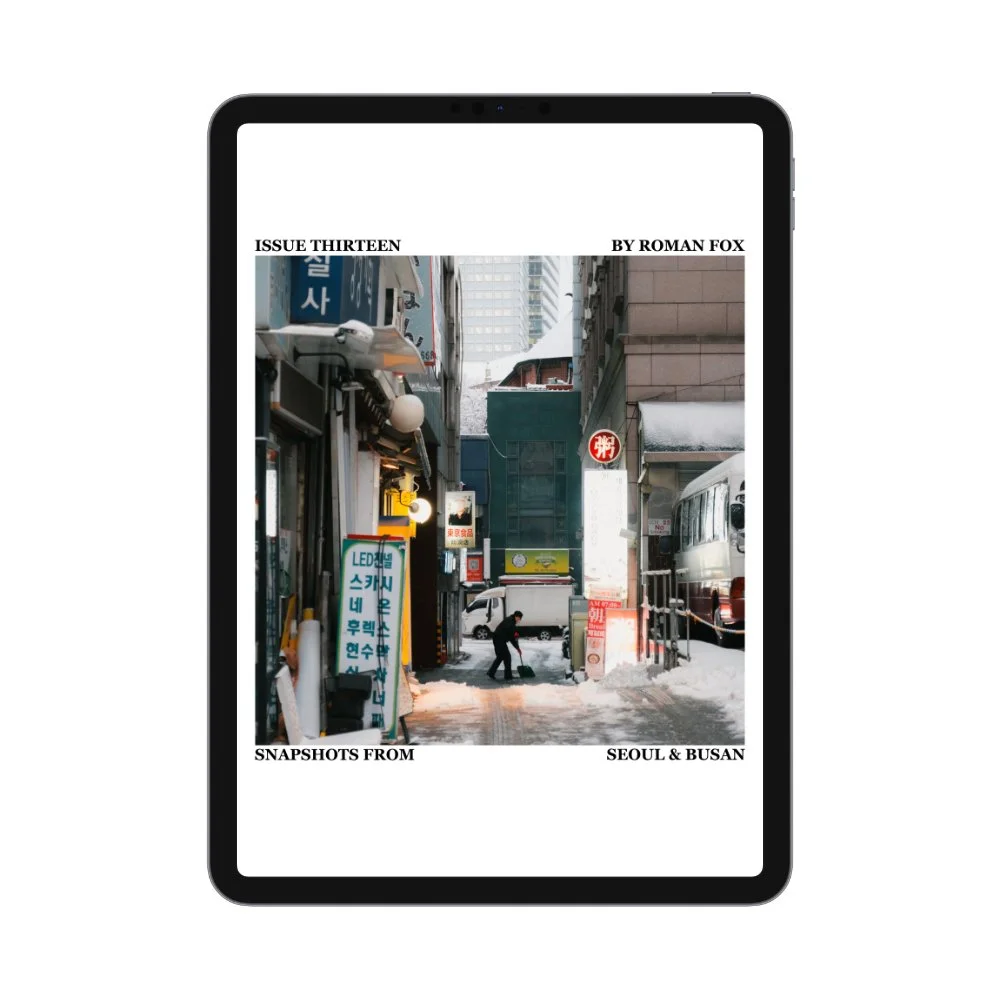Fujifilm XH2 vs XH2s… Which Should You Get?
If you’re in the market for a flagship Fujifilm APSC body, you might be wondering whether you should get the XH2 or the XH2s. The two cameras seem almost identical however there are some key details you need to take into account. This blog will help you make that decision. For the record, I own both cameras and use them almost daily. The camera I chose for a given day will depend on the goal. I also have no affiliation with Fujifilm. I buy cameras with my own money just like everyone else with no special perks.
Key similarities
The first and main similarity is the body. The two cameras are completely identical. From the button layout, to the card slots to the grip. The only way you can tell them apart is the XH2s has the letter S on the upper right hand of the body.
The menu systems are almost identical, how the dials work and can be programmed is the same, the top display reads the same and both will take the same accessories. In short these cameras are 100% identical if you exclude the sensor.
Personally I think this is a good thing from a professional stand point. It means you don’t need to memorise two bodies or systems. It means both cameras can be set up the same and all accessories and lenses can be shared. One key negative similarity is that both need a CF Express card to access all the features.
Key differences
There is only 1 major difference and that is the sensor. The XH2 has a higher resolution 40mp sensor where’s the XH2s has a lower resolution 26mp sensor. The XH2s sensor is stacked and has a much faster readout speed and better low light performance. The XH2 can produce higher resolution photos and videos up to 8K. The XH2s has a superior autofocus system and better overall video performance.
XH2 Strengths
The XH2 exceeds in resolution performance. The 40mp photos are full of detail and can easily be cropped allowing for more creative control. From a video standpoint the XH2 can shoot in 8K which can be ideal for those wishing to reframe in post or punch into two separate camera angled from one take. Due to the high resolution you can digitally zoom in camera both for photo and video. Finally the XH2 is considerably cheaper than the XH2s.
XH2 Weaknesses
The first obvious difference is the autofocus system is not as refined as the one on the XH2s. It’s not as sticky and can hesitate more often. Secondly due to the higher resolution sensor, you get increased rolling shutter even if movement is slow. In video this can look pretty jarring with not many ways to fix it. You have less dynamic range compared to the XH2s but it’s marginal. Some video options are missing such as 4k120 and generally the camera feels a little slower to use.
XH2s Strengths
The XH2s has an insanely quick sensor and readout speed. Meaning it is super fast with almost no rolling shutter. It is designed for action and movement both for photo / video. The autofocus is sticky and reliable and there is more than enough dynamic range for most scenarios. The camera feels quick and responsive to use. Although the sensor has less resolution, it performs better in low light and gathers plenty of detail. Finally it has the strongest video options going up to 6k.
XH2s Weaknesses
The only weakness is the price. At £2500 it is competing with very powerful full frame alternatives. Other than that, there are none in my opinion.
XH2 > XH2s
If you’re mostly a photographer, then I would go for the XH2. The higher resolution sensor will give you cropping room with plenty of detail. If you shoot mostly still video such as interviews, this camera will be great. Also with 8k you can shoot one scene with a wide lens and then punch in to two different angles. For example a podcast. Although the XH2s autofocus is better, it is not a night and day difference and any gains are marginal. So If you want to save over £700 and don’t plan to shoot sports, wildlife or 120fps then this is an amazing option.
XH2s > XH2
If you plan to shoot both photo and video, this is the camera. If you plan to do sports and wildlife photography, this is the camera. If you plan to do run and gun style video with a lot of movement, this is the camera. If you want the best performance out of an APSC Fuji and not too fussed on 40mp and 8k, this is the camera.









































